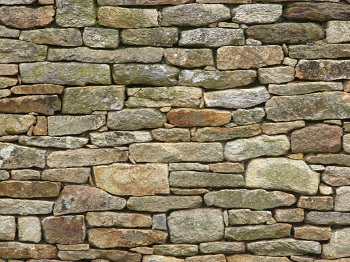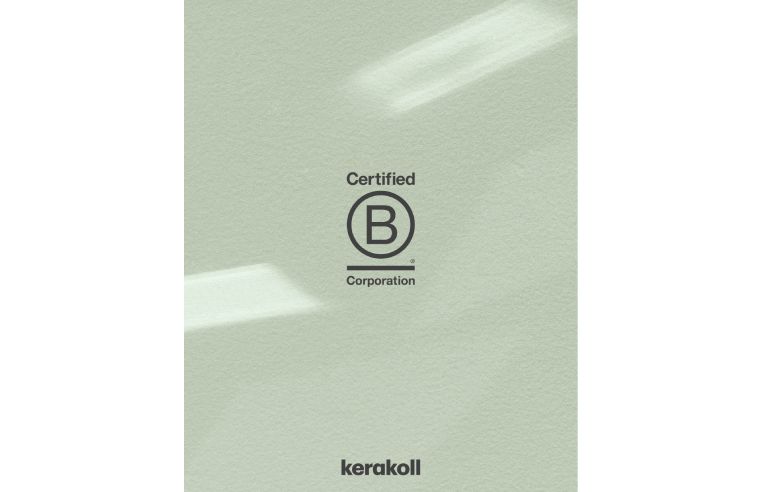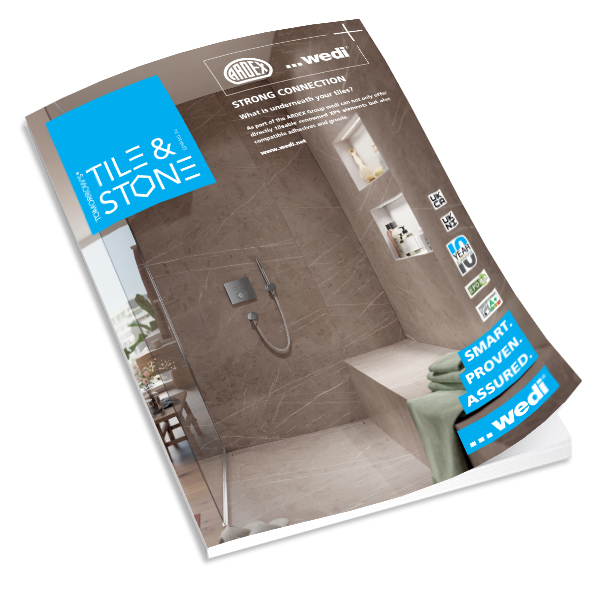BS 8298 ON NATURAL STONE CLADDING UPDATED

On 17th December 2020 BS 8298, the Standard that covers the Installation of Natural Stone Cladding and Lining was updated.
It replaces the previous BS 8298 originally published in 2010. The 2010 Standard consisted of four parts. This has now been reduced to three parts, parts 2, 3 & 4 which cover hand setting, stone precast and rainscreens.
The main aim of the revision was to provide more consistency with other material design Standards, with values derived from industry experience and a historical precedent of conformity and not a reliability-based analysis. It is the long-term goal for partial safety factors to be derived from a reliability-based analysis, in accordance with the principles of BS EN 1990:2002+A1, Annex D.
This revised and significantly updated suite of standards provides guidance for all those involved in the selection, design and installation of natural stone cladding and is a must-have British Standard.
This is a full revision of the Standard and introduces the following principal changes:
• the incorporation of the recommendations for production control testing from BS 8298-1:2010;
• the addition of several figures to illustrate key details; and
• the structural design of the stone has been updated to follow the principles of limit state design.
At an early stage, the Standard requires the structural engineer and architect designing the building to set out and agree, with those selecting and designing the cladding and its fixing, the functional requirements governing design principles, and maximum movement allowance.
The suite of Standards also set out the testing required, the sampling regimes to be followed, and the provision of the Declaration of Performance and UKCA marking. [Note: UKCA marking has replaced the European CE Marking which remains acceptable in Great Britain until 31/12/21]. The Standards also provide guidance for work practices in production and on-site.
Stone Federation members and members of the Stone Federation Architects’ Club can access free technical advice around these changes.
Related News
- Adhesives & Grouts
- Associations
- Awards
- Bathrooms & Kitchens
- Case Reports
- Ceramic Tiles
- Charity
- Cleaning & Maintenance
- Commercial
- Construction
- Events
- Exhibitions
- Finishes & Sealants
- Flooring
- Floor Tiles
- Health and Safety
- Hotel/Spa
- Levelling Compounds
- Porcelain Tiles
- Recycling
- Stone
- Surface Preparation
- Sustainability
- Tile Manufacturer
- Tiling News
- Tiling Products
- Tiles
- Tile Care
- Training & Education
- Underfloor Heating
- Workwear & PPE

















